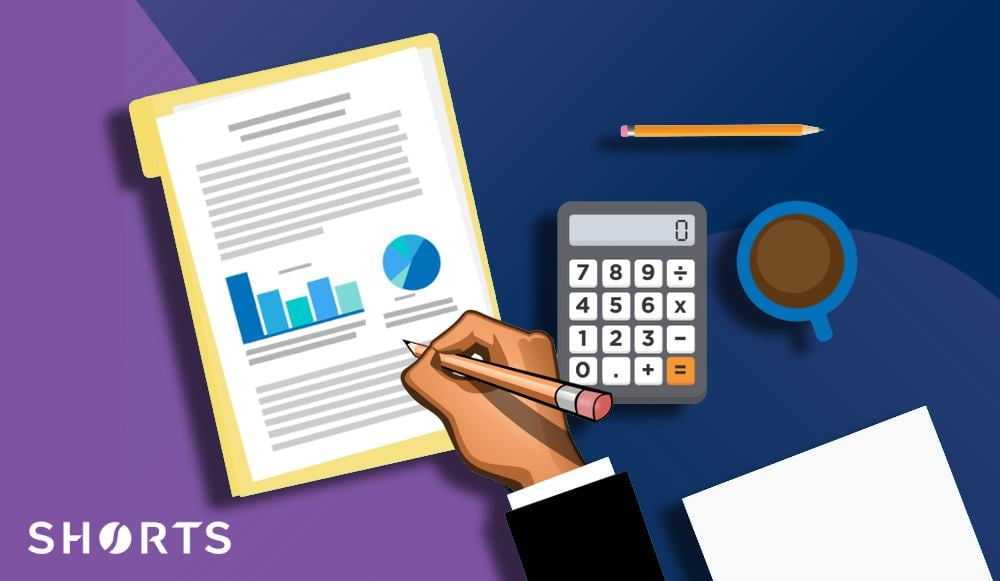
VAT (Value Added Tax) is levied on most goods and services in the UK. It may be at the standard Rate (currently 20%), a reduced rate (5%), or a zero rate (0%). In addition, some items are exempt from VAT, meaning no VAT is levied.
It is important to understand the difference between zero-rated and exempt from VAT. Although they may sound similar, zero-rating enables VAT recovery, whereas exemption does not.
While businesses charge VAT to their customers, they can also reclaim VAT paid on their purchases. This can be an effective way to reduce a business's running costs and improve cash flow.
Who can reclaim VAT?
To reclaim VAT, a business must be VAT registered. If you are a UK business, without VAT registration, there is no mechanism to enable VAT to be recovered. VAT registration is required when a company's taxable turnover exceeds the VAT threshold (currently £90,000 as of April 2024).
Voluntary registration can also be beneficial for companies that do not meet this criterion, especially if the business expects to incur significant VAT on purchases.
Non-UK business can reclaim VAT without being VAT registered; you can learn more about this on our International VAT page.
Some non-VAT registered organisations can claim back VAT for non-business activities. Organisations which can reclaim VAT without being VAT registered include:
- A local authority or similar body
- An academy school or multi-academy trust (MAT)
- A palliative care, air ambulance, medical courier or search and rescue charity
What can VAT be reclaimed on?
VAT is one of the most complicated taxes, with hundreds of different rules relating to VAT and VAT exemptions (and exceptions to those exemptions!). However, some general rules can be used as a starting point when reclaiming VAT.
Typically, VAT can be reclaimed on many tax-deductible expenses, such as:
- Goods: This could be office equipment and stationery, raw materials, technology, and other items used exclusively for business purposes.
- Services: These include rent for the business premises (if there is an Option to Tax), utilities, marketing costs and professional consultancy or legal fees.
- Travel and subsistence: Examples include business travel costs, e.g., road fuel and meals purchased while travelling on business (subject to limitations)
Personal expenses/entertainment
VAT cannot be reclaimed on expenses that are considered to be personal expenses or business entertainment.
However, some expenses are used for both a business purpose and for private use. A business phone is a typical example. You can only reclaim a proportion amount based on legitimate business use for these expenses.
How do you reclaim VAT?
VAT is reclaimed by submitting a VAT return to HMRC. VAT-registered businesses typically submit a VAT return to HMRC each quarter (accounting period). This tells HMRC how much VAT your business has charged to customers and paid to other businesses. VAT-registered businesses must submit a VAT return even if they have no VAT to declare.
Making Tax Digital (MTD) is now mandatory for VAT-registered businesses, requiring VAT return submission through compatible software.
Non- VAT registered organisations which are entitled to reclaim non-business VAT are required to submit an online claim form or complete from VAT 126. Claims must be made within four years after the end of the month in which the purchase was made.
What do you need to reclaim VAT?
To reclaim VAT, you must retain valid proof of purchase (usually a VAT invoice). This document will display the VAT amount paid. Keeping good records is crucial for a successful claim. This is one of many reasons why keeping accurate records is essential for businesses.
Reclaiming VAT – the basic steps
What follows are some typical steps required for reclaiming VAT on your UK VAT return. Please be aware there may be circumstances when additional steps are required because your business is not able to fully reclaim the VAT incurred on purchases and expenses.
If you are uncertain about your VAT position, we strongly advise speaking to a VAT specialist to ensure you successfully reclaim VAT while avoiding potentially costly penalties.
Preparing for your VAT claim
Before VAT can be reclaimed, you will need to ensure you keep complete records of VAT invoices and receipts for each quarter. These will be required to enable completion of your VAT return and must clearly state how much VAT has been paid.
Invoices should be recorded according to the VAT rate charged.
MTD for VAT
Making Tax Digital (MTD) is mandatory for VAT. You must select an HMRC-approved software that integrates with your accounting system. Alternatively, records can be kept on a spreadsheet and submitted using bridging software.
The good news is that MTD simplifies your VAT returns, making it easier to submit your information and make your claim.
Your software will calculate:
- The total VAT you charged your customers or clients (your Output VAT)
- The total VAT on eligible business expenses (your Input VAT)
Your MTD-approved software will automatically calculate the difference between your Input and Output VAT.
If your Output VAT is higher, you will owe HMRC money. If your Input VAT is higher, you will be entitled to a VAT refund.
Submitting your return and getting payment
Once your VAT return has been carefully reviewed (ideally by a qualified VAT specialist rather than a general accountant), it can be submitted electronically through your MTD-approved software.
If you owe VAT to HMRC, you must submit the amount owed by the due date to avoid a penalty. If a VAT refund is due, HMRC will process it and send it electronically to the bank account associated with your VAT registration.
Getting assistance with reclaiming VAT
As previously noted, VAT is a complicated tax. Reclaiming the correct amount of VAT can be complicated, creating significant risk of financial penalties if not dealt with appropriately. That’s why we recommend consulting a VAT expert to ensure your VAT systems are robust and you get any refunds you are entitled to.
The Shorts VAT team is happy to assist with any VAT returns and refunds and can even offer a free review of your submitted VAT returns. You can learn more by contacting our team using the form below.

Lynne Gill
My area of expertise is land and property transactions but I have extensive knowledge of both domestic and international VAT and I love complex VAT queries. I have an Honours degree in Business Studies and a VAT legal and technical qualification from the Institute of Indirect Taxation.
View my articlesTags: VAT, Business Taxes, Making Tax Digital
